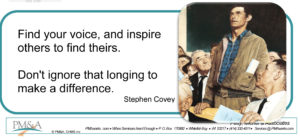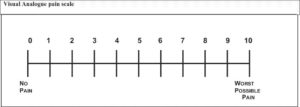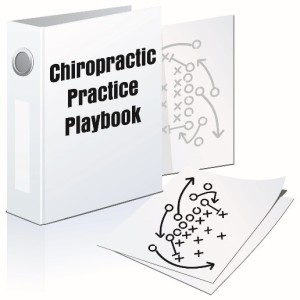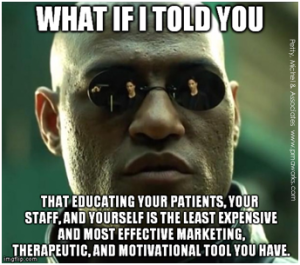We live in a shallow and superficial culture. It is fast talking, faster messaging, with abbreviated emotions and texts.
No one seems to really care, or takes the time to care.
Communication has become digitized and synthesized. We forward messages from some people we know, and from many we don’t, to people we know, and to many we don’t. We are addicted to our smart phones and “phub” each other. (Phub: The practice of ignoring one’s companion or companions in order to pay attention to one’s phone or other mobile device. Google.)
We buy things from “clouds” that seem to know what we want, as if they had been eavesdropping on all our personal affairs.
The Age of Artificial Intelligence that cares more for us than people who “friend” us is growing faster and faster.
Yet, somehow, shallow works. It is practical. It is fast and efficient. When I ask you “how are you?” I really don’t have the time to hear about how your kids did at their Christmas play, or how you like your new socks. I have my own deadlines and have to go.
We are caught up in minimal viable encounters. They are functional, but they provide the only the minimum amount of care. Any less, and there wouldn’t be any service at all. They are “duct tape” solutions.
This is our life now. The fast, the short, the immediate.
For all its practical aspects, this is the first goal in any business exchange. We must provide the outcomes and services that are initially wanted by our patients. This is a “drive through” consumer culture that moves quickly for things that are wanted. In return, business is trained to provide the minimum quickly, efficiently, and yet is still valuable.
But just because our society is shallow, does not mean that your patient is.
This may be the culture in which they have adapted, but privately, your new patient might not have been satisfied with the services they have been receiving from others. And as the expert and professional, you know that it is likely that they have been short-changed on their care.
No doubt, your patient wants relief – now. But if you want to know the truth, they probably want more than just a quick-fix.
Your patient is looking for someone who genuinely cares. They are hoping to find someone who listens, empathizes, and someone they can trust to help them get what they really want.
What do they really want?
Ask them:
What is most important to you about your health?
Then, find out why.
This is a broad and open ended question. It takes the both of you through the quick-fix drive-through to get to, finally, what they really want.
If I have a painful tooth, I would see a dentist to at least treat it enough so that it wasn’t causing me discomfort. But if the dentist asked me what I really considered important about my dental health, I might say that I would like cavity free teeth that never caused me pain. I would like all my teeth and gums to be healthy and look good until I am at least 105.
The dentist would then repeat back to me what I said that was most important about my dental health so that we could agree that this was my goal — something I wanted. With this disclosed and agreed upon, we could now dig into my history and perform the exam to see what was going on that was causing the symptoms.
Once all this was done, he would explain to me not only what was causing my pain, but what I needed to do, in the long term to get my mouth 100%, which we already agreed upon I wanted.
I definitely don’t want or need a hard sell for something I am not sure I need.
But if you find out what I really want and let me know that you can deliver, you won’t have to sell me. I am already motivated.
Confrontational Anxiety
Confrontational anxiety is that stress you, and your patient, can feel when discussing the length and expense of your recommended treatment plan. But it melts away and evaporates if you work towards what the patient really wants.
There are many different approaches designed to help get the patient to agree to a more complete treatment plan, including scripted words or phrases for the doctor and staff to say. Ultimately, the patient must trust you. They will have to understand what is causing the symptoms, what it will take to get better, and the benefits to be had. In the end, you will want to work out your own procedure. (Give us a call, we can help!)
Realize that your new and prospective patient is just barely trusting you, as it is. They would like to trust you more. They hope for more than just a “pop and pray” (“…and hope that they pay”) treatment and adjustment from you. What they usually offer you, or present to you as a new patient, is a symptom that may have deeper causes. Their condition is probably not new. They likely have had it, or some aspect of it, for some time. Only when it becomes more acute do they come to see you.
The analogy of the iceberg is useful.
Your patient wants relief, but also wants everything in life that the pain hampered or prevented. This might include less recurring episodes of pain, the ability to resume their hobbies and sports, improved performance in life activities, stronger immune function, better balance, increased knowledge to improve their health, more happiness, better weight management, and more energy. You can and should make a list of at least 10 benefits that come from a patient completing their treatment plan.
I buy a new car not to just have a better ride, but to feel that I have a better life. I pay for a cleaning service because I want a cleaner house, but deep down, I really do so because I want a happier wife.
Patients are too often short-changed because of a culture that is fast and shallow. You don’t have to be – and you can give your patients complete and thorough care. This is what they want – once they understand their condition and what you can provide. And, once they trust you.
Be interested in your patient and go deep to find out about their health, their history, and what they really want. Then, educate them on how the both of you, working together, can best help them get what they really want — and what you want and can deliver.
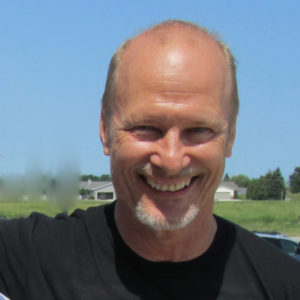 © Edward W. Petty, From the upcoming book: “Three Goals: A New Practice and Business Building Methodology That Is Simpler, Faster, And More Effective and Fun than What You Are Doing Now.” By Edward Petty, due to be published sometime before the singularity. © 2017
© Edward W. Petty, From the upcoming book: “Three Goals: A New Practice and Business Building Methodology That Is Simpler, Faster, And More Effective and Fun than What You Are Doing Now.” By Edward Petty, due to be published sometime before the singularity. © 2017
Comments?:
[contact-form][contact-field label=’Name’ type=’name’ required=’1’/][contact-field label=’Email’ type=’email’ required=’1’/][contact-field label=’Comment’ type=’textarea’ required=’1’/][/contact-form]




